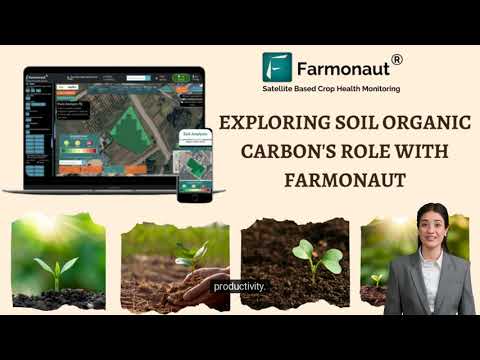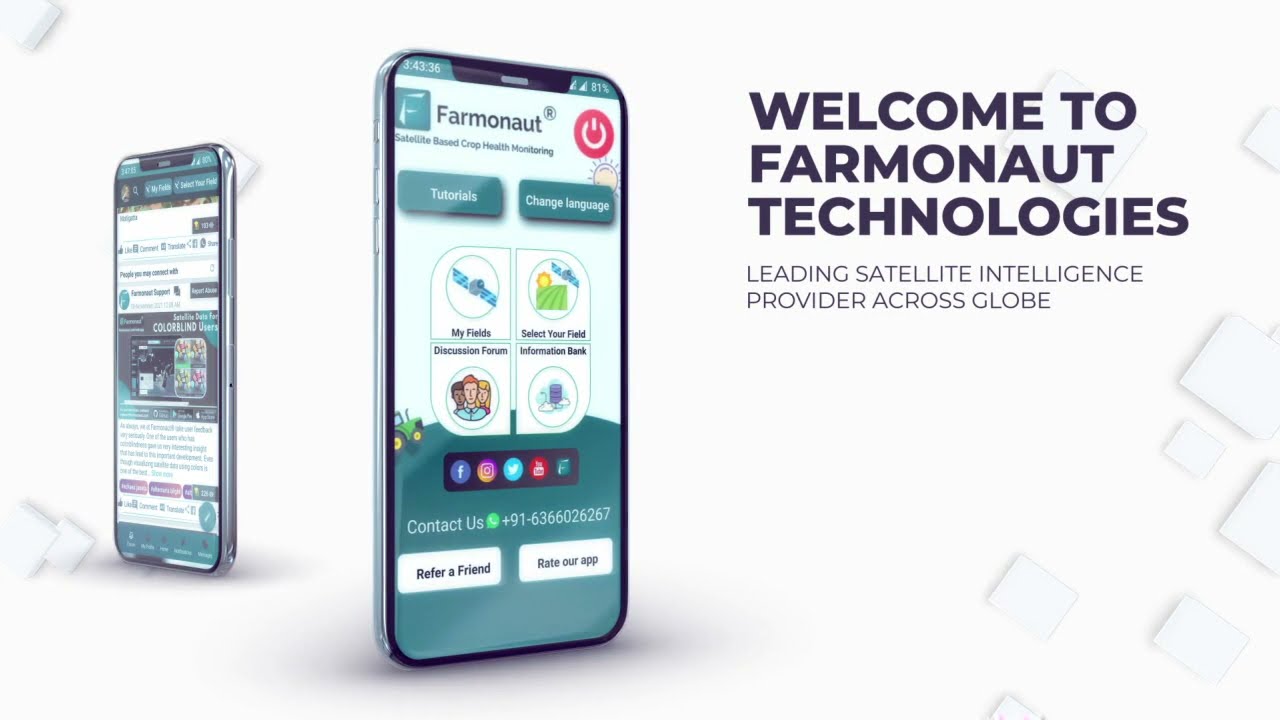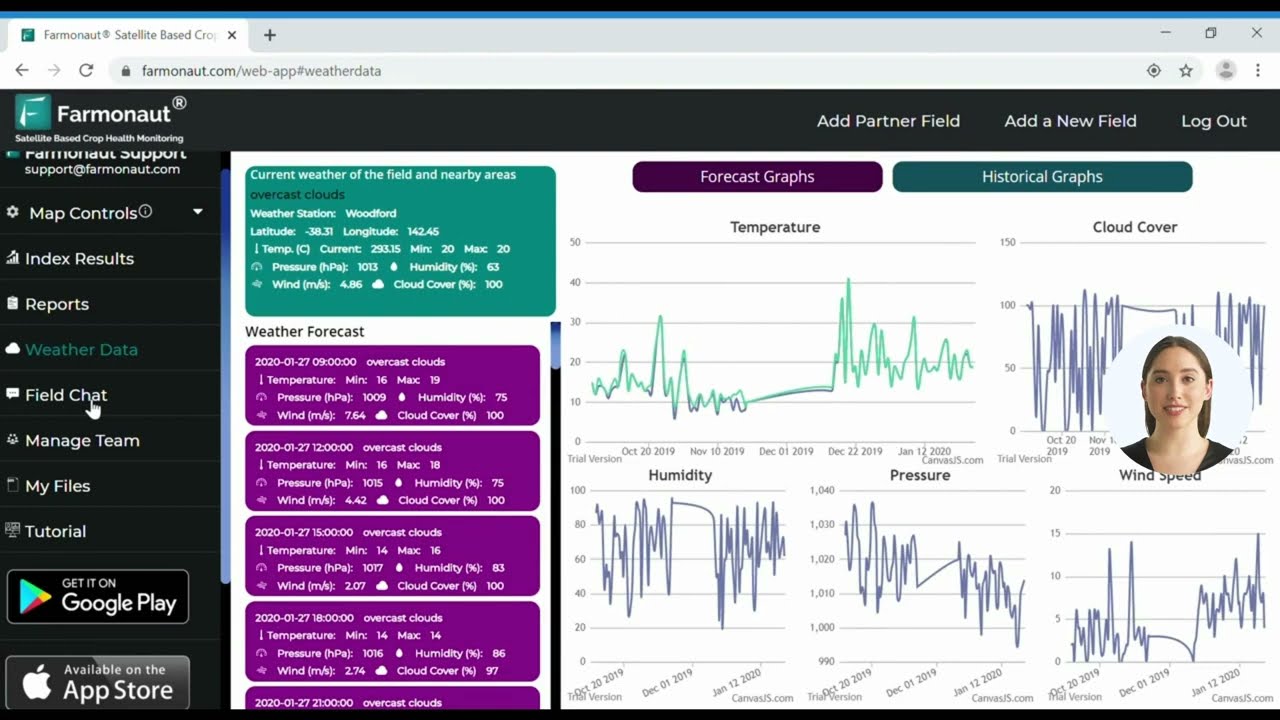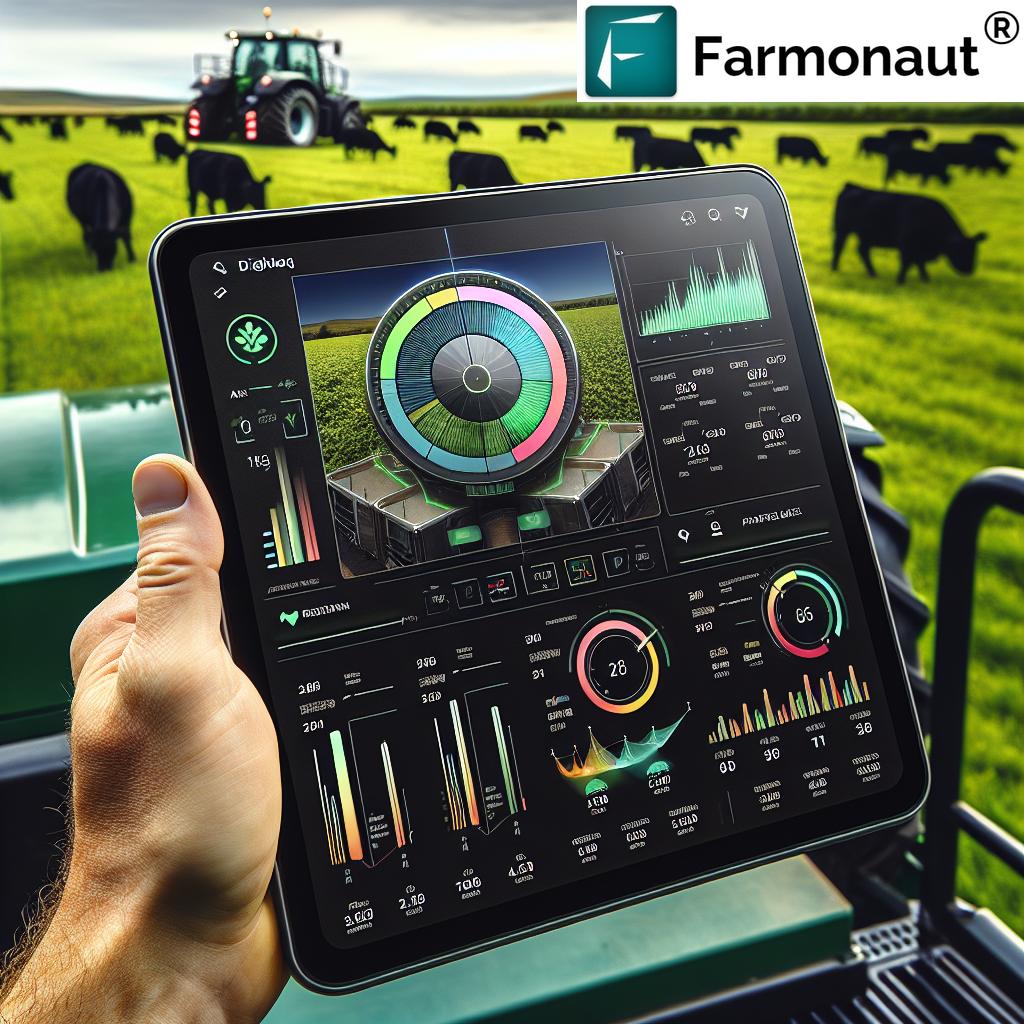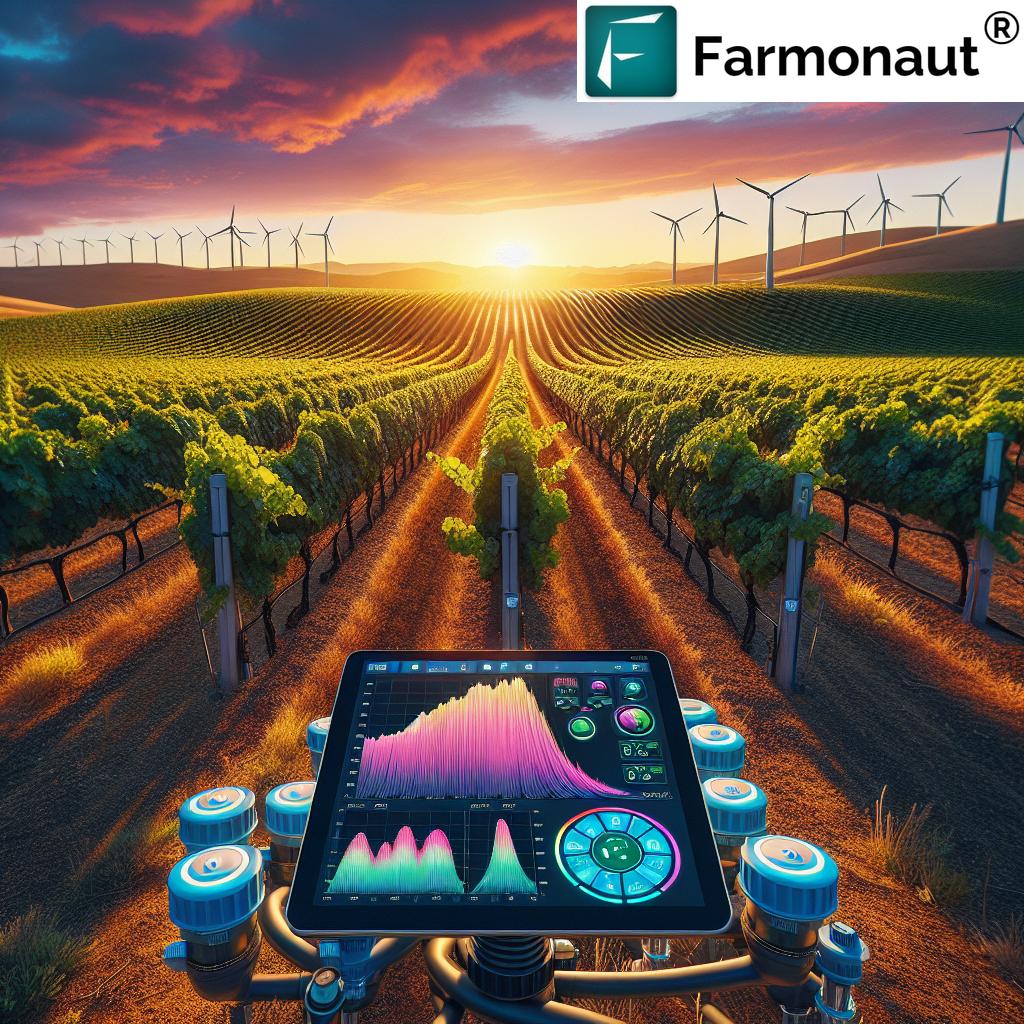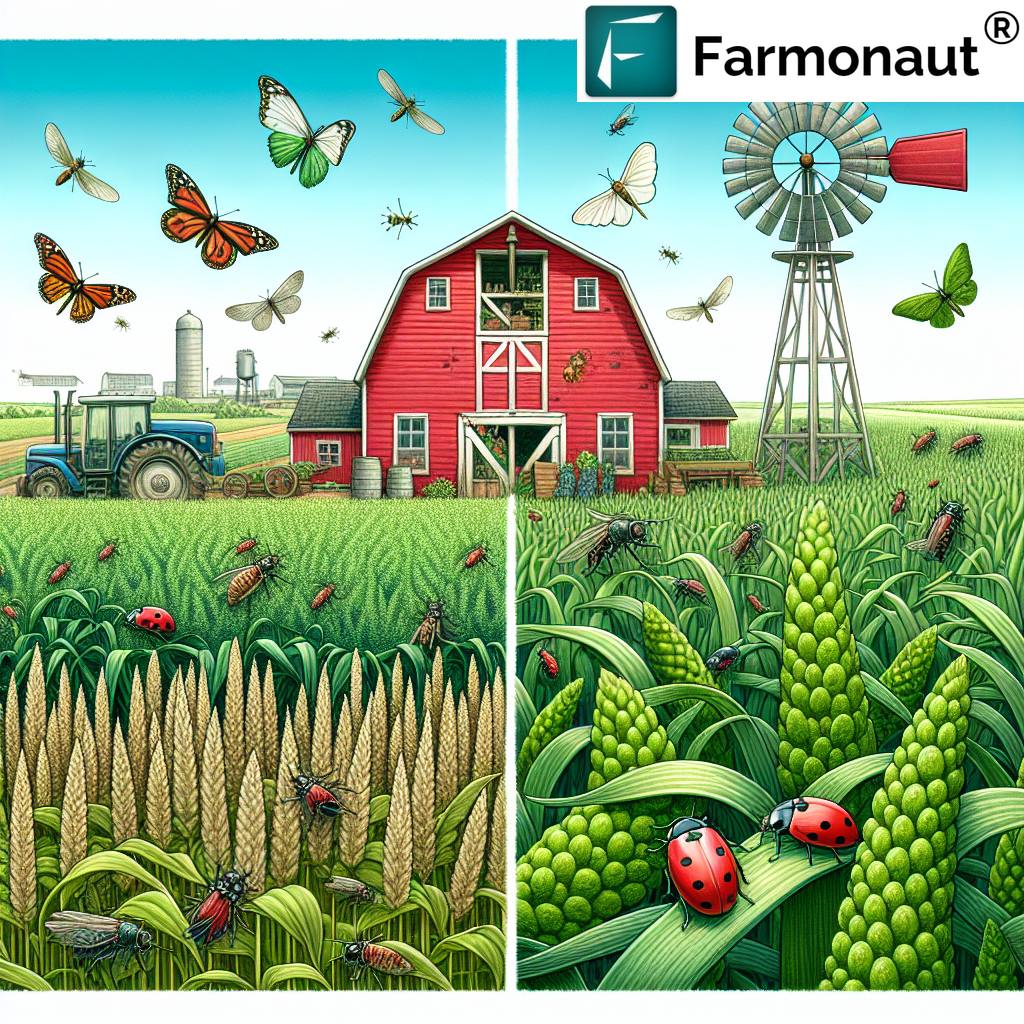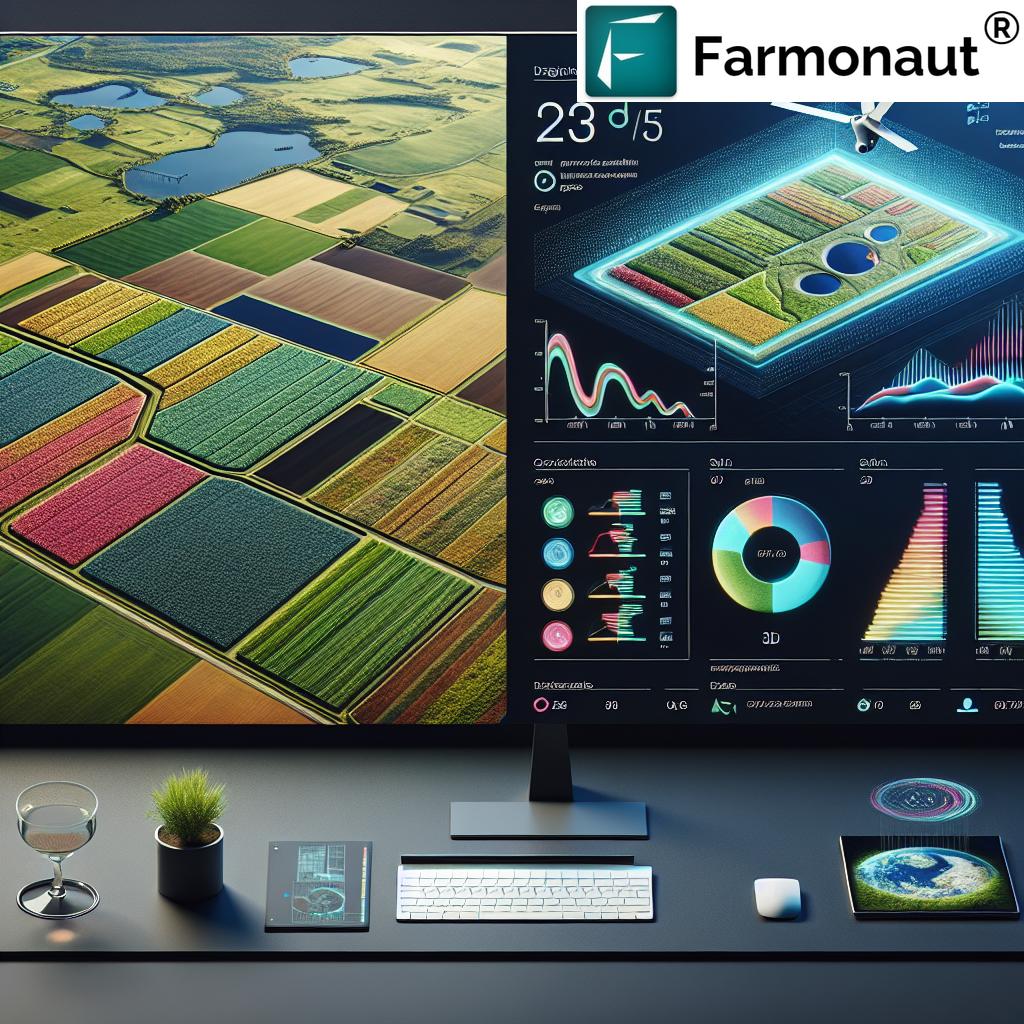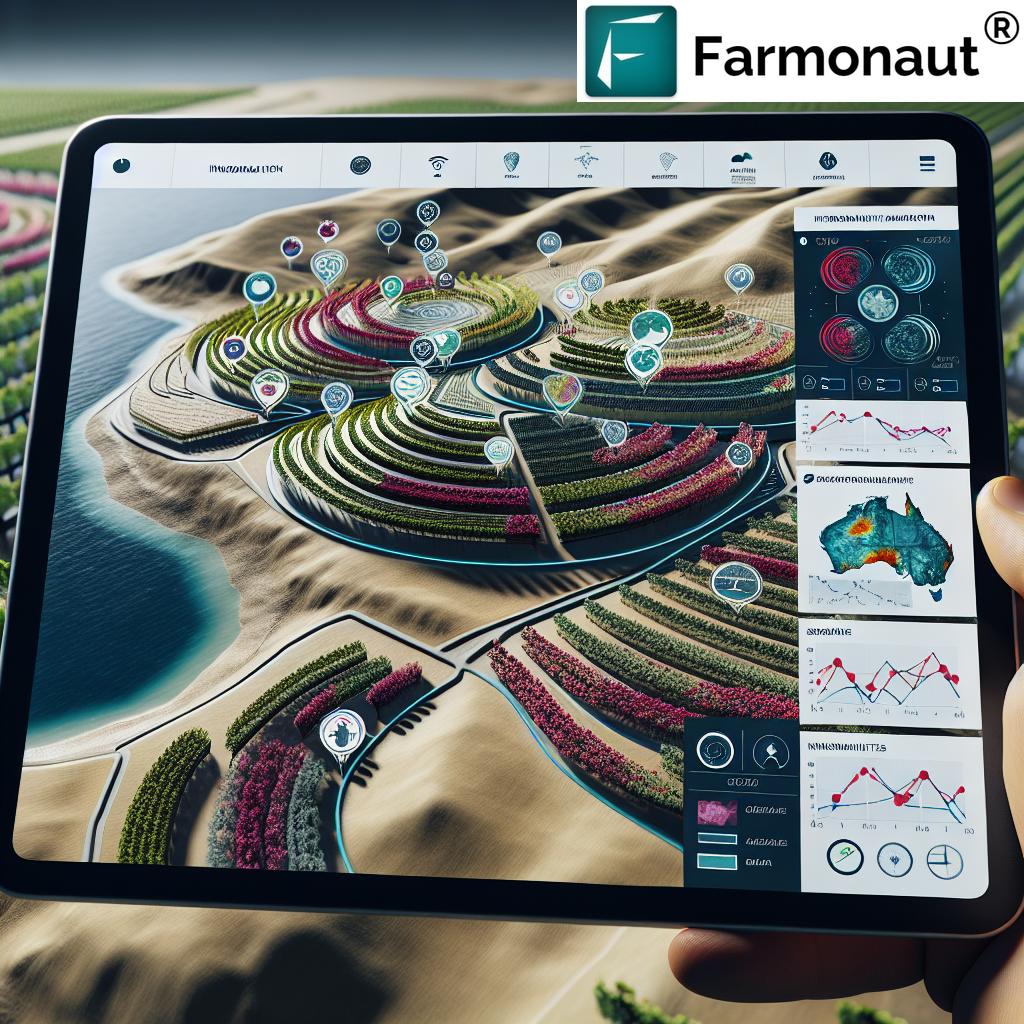Unlock the Power of Precision Agriculture: A Comprehensive Guide to Soil Testing for Optimized Forage Fertilizer Management
“Regular soil testing can reduce fertilizer costs by up to 30% for forage producers.”
Welcome to our comprehensive guide on soil testing and fertilizer management for optimized forage production. In this article, we’ll explore how precision agriculture techniques can revolutionize your approach to soil health and nutrient management, ultimately leading to improved pasture productivity and cost-effective farming practices.
As we delve into the world of sustainable farming practices and precision agriculture techniques, we’ll uncover strategies that can help you maximize your farm’s potential while minimizing environmental impact. Whether you’re managing a small ranch in the Midwest or overseeing vast pastures in the United States, this guide will provide valuable insights to enhance your forage production.
The Importance of Soil Testing for Forage Production
Soil testing is the foundation of effective fertilizer management in agriculture. By regularly analyzing your soil, you can gain crucial insights into its nutrient content, pH levels, and overall health. This information is invaluable for making informed decisions about fertilizer application, lime treatments, and other soil amendments.
- Optimize nutrient management for pastures
- Reduce unnecessary fertilizer costs
- Improve overall soil health
- Enhance forage quality and yield
In the ever-changing landscape of modern agriculture, precision farming techniques have become essential for staying competitive. Farmonaut’s advanced satellite-based farm management solutions offer a cutting-edge approach to soil health monitoring and nutrient management. By leveraging technology, we can help you implement sustainable farming practices that not only boost your yields but also protect the environment.
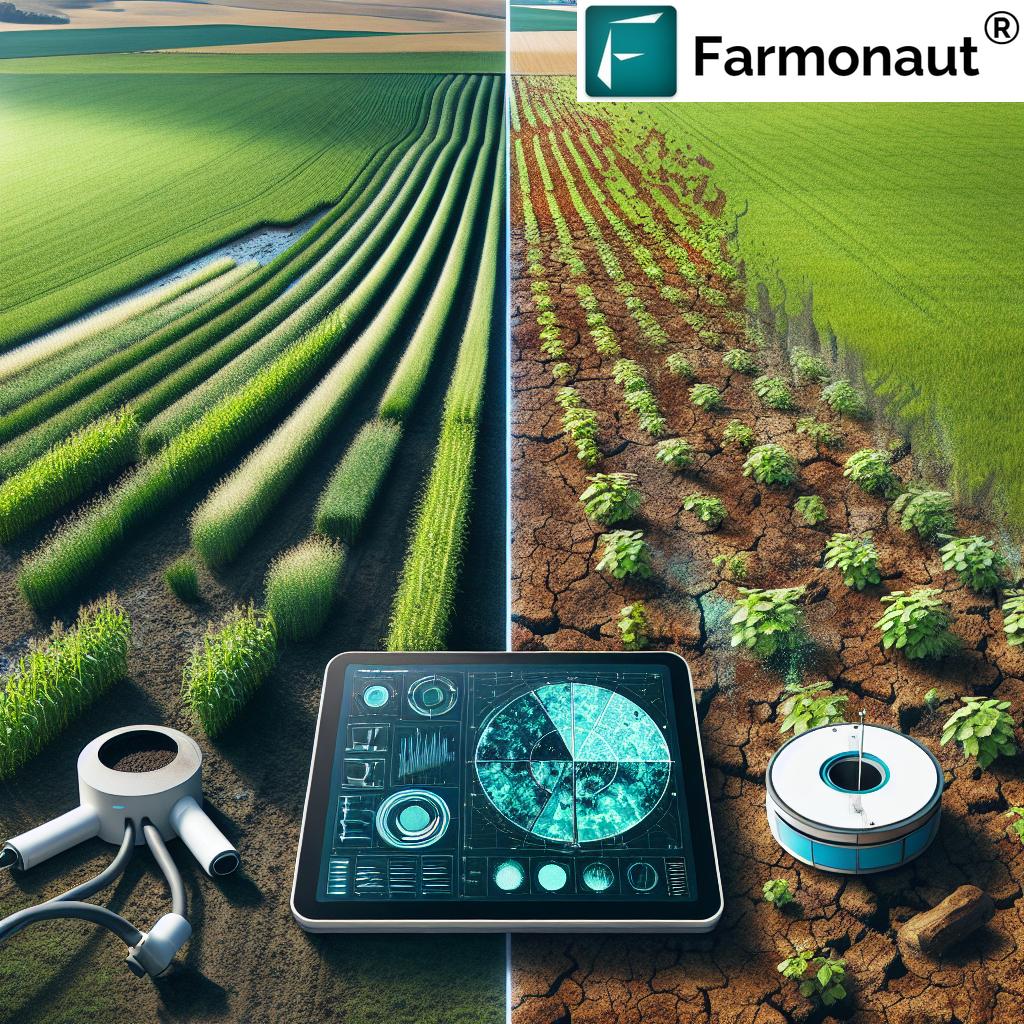
The Impact of Grazing and Haying on Soil Nitrogen Levels
Understanding the relationship between livestock activities and soil nitrogen is crucial for effective fertilizer management. Grazing and haying can significantly affect nitrogen levels in pastures, influencing your fertilizer strategy.
- Grazing: As livestock graze, they return a portion of the nitrogen they consume back to the soil through urine and manure. However, this distribution is often uneven, leading to patches of high and low nitrogen concentration.
- Haying: When forage is harvested for hay, it removes nutrients from the soil, including nitrogen. This creates a need for replenishment to maintain soil fertility.
By monitoring these activities and their effects on soil nitrogen, we can develop more precise fertilizer application plans. Farmonaut’s satellite-based crop health monitoring system can help track vegetation health and indirectly assess nitrogen levels across your pastures, enabling you to make data-driven decisions about fertilizer application.
Incorporating Legumes for Natural Nitrogen Fixation
“Incorporating legumes in pastures can naturally fix up to 150 lbs of nitrogen per acre annually.”
One of the most effective sustainable farming practices for improving soil nitrogen levels is the incorporation of legumes into your pastures. Legumes, such as clover and alfalfa, have a unique ability to fix atmospheric nitrogen through symbiotic relationships with soil bacteria.
- Reduce dependency on synthetic fertilizers
- Improve overall forage quality
- Enhance soil structure and organic matter content
- Provide high-quality feed for livestock
By strategically integrating legumes into your forage mix, you can significantly reduce your reliance on synthetic nitrogen fertilizers. This not only cuts down on input costs but also promotes a more sustainable and environmentally friendly approach to pasture management.
Precision Agriculture Techniques for Optimized Fertilizer Use
Precision agriculture is revolutionizing the way we approach fertilizer management. By utilizing advanced technologies, we can apply fertilizers more efficiently, reducing waste and maximizing the benefits to your forage crops.
- Variable Rate Application: Using GPS-guided equipment and soil map data to apply fertilizers at varying rates across a field based on specific nutrient needs.
- Remote Sensing: Utilizing satellite imagery and drone technology to assess crop health and nutrient status, allowing for targeted fertilizer applications.
- Soil Mapping: Creating detailed maps of soil properties to guide precision fertilizer management decisions.
Farmonaut’s agritech solutions integrate seamlessly with these precision agriculture techniques. Our satellite-based crop monitoring system provides real-time insights into vegetation health, helping you identify areas that may require additional nutrients or those at risk of over-fertilization.
Cost-Effective Strategies for Forage Fertilizer Management
Implementing cost-effective fertilizer strategies is essential for maintaining profitability in forage production. Here are some key approaches to consider:
- Regular Soil Testing: Conduct soil tests every 2-3 years to avoid over or under-application of nutrients.
- Targeted Lime Application: Maintain optimal soil pH to enhance nutrient availability and reduce fertilizer needs.
- Efficient Manure Utilization: Properly manage and apply livestock manure to recycle nutrients effectively.
- Strategic Fertilizer Timing: Apply fertilizers when plants are most likely to uptake nutrients, reducing losses to the environment.
By combining these strategies with Farmonaut’s precision agriculture tools, you can significantly reduce your fertilizer costs while maintaining or even improving forage yields. Our AI-powered advisory system, Jeevn AI, can provide personalized recommendations based on your specific soil conditions and crop needs.

The Role of Lime in Forage Fertilizer Management
Lime application is a critical aspect of soil health management that often gets overlooked in fertilizer planning. Proper liming can significantly improve the effectiveness of your fertilizer program by:
- Adjusting soil pH to optimal levels for nutrient availability
- Enhancing the activity of beneficial soil microorganisms
- Improving soil structure and water retention
- Reducing the risk of aluminum toxicity in acidic soils
Regular soil testing is essential for determining the need for lime application. Farmonaut’s satellite-based soil moisture monitoring can complement your soil testing program by providing insights into soil conditions that may affect lime effectiveness.
Maximizing Nutrient Efficiency in Pastures
Efficient nutrient management is key to sustainable and profitable forage production. Here are some strategies to maximize nutrient efficiency in your pastures:
- Rotational Grazing: Implement a rotational grazing system to improve nutrient distribution and forage utilization.
- Cover Crops: Use cover crops during fallow periods to prevent nutrient leaching and improve soil health.
- Precision Fertilizer Placement: Apply fertilizers close to plant roots to enhance uptake and reduce losses.
- Slow-Release Fertilizers: Consider using slow-release fertilizer formulations to provide a steady supply of nutrients over time.
By combining these practices with Farmonaut’s advanced monitoring tools, you can achieve optimal nutrient efficiency in your pastures. Our satellite-based vegetation health indices can help you track the impact of these strategies on your forage crops over time.
Explore Farmonaut’s API for custom integration
Reducing Nitrogen Loss Through Precision Agriculture
Nitrogen is one of the most important nutrients for forage production, but it’s also prone to losses through various environmental processes. Precision agriculture techniques can help minimize these losses:
- Split Applications: Apply nitrogen in multiple smaller doses throughout the growing season to match plant uptake.
- Weather-Based Timing: Use weather forecasts to avoid applying nitrogen before heavy rainfall events.
- Nitrification Inhibitors: Consider using additives that slow the conversion of ammonium to nitrate, reducing leaching potential.
- Precision Irrigation: Manage irrigation to avoid over-watering, which can lead to nitrogen leaching.
Farmonaut’s weather forecasting and soil moisture monitoring capabilities can be invaluable in implementing these strategies effectively. By integrating our technology into your farm management practices, you can make more informed decisions about nitrogen application timing and rates.
The Impact of Climate on Fertilizer Management
Climate plays a crucial role in fertilizer management for forage production. Different regions, from the Midwest prairies to diverse agricultural territories worldwide, face unique challenges:
- Rainfall Patterns: Influence nutrient leaching and the timing of fertilizer applications.
- Temperature: Affects plant growth rates and nutrient uptake efficiency.
- Growing Season Length: Determines the total nutrient requirements and fertilizer application windows.
- Extreme Weather Events: Can impact soil erosion and nutrient loss.
Farmonaut’s technology can help you adapt your fertilizer management strategies to your specific climate conditions. Our satellite-based monitoring and AI-powered advisory system take into account local weather patterns and historical data to provide tailored recommendations for your farm.
Check out our API Developer Docs for advanced integrations
Sustainable Manure Management for Forage Production
Proper manure management is essential for sustainable forage production, especially on livestock farms. When managed correctly, manure can be a valuable resource for improving soil fertility and reducing the need for synthetic fertilizers.
- Proper Storage: Implement appropriate storage facilities to prevent nutrient loss and environmental contamination.
- Timely Application: Apply manure when plants can best utilize the nutrients, typically in spring or early summer.
- Incorporation Techniques: Use methods that minimize nutrient loss to the atmosphere and maximize soil incorporation.
- Nutrient Analysis: Regularly test manure to understand its nutrient content and adjust application rates accordingly.
Farmonaut’s precision agriculture tools can help you optimize your manure management practices. Our satellite imagery can identify areas of your pastures that may benefit most from manure application, ensuring efficient use of this valuable resource.
Integrating Technology into Your Forage Fertilizer Planning
The integration of technology into forage fertilizer planning can significantly enhance your farm’s productivity and sustainability. Here’s how you can leverage modern agritech solutions:
- Satellite Imagery: Use Farmonaut’s satellite-based crop monitoring to assess vegetation health and identify areas needing attention.
- AI-Powered Recommendations: Utilize our Jeevn AI advisory system for personalized fertilizer recommendations based on your specific farm conditions.
- Mobile Apps: Access real-time farm data and make informed decisions on-the-go with our mobile applications.
- Data Analytics: Leverage historical and current farm data to optimize your fertilizer management strategies over time.
By embracing these technological advancements, you can take your forage fertilizer management to the next level, optimizing inputs while maximizing yields.
Soil Testing and Fertilizer Management Comparison
| Management Aspect | Traditional Approach | Precision Agriculture Approach | Estimated Cost Savings (%) | Potential Yield Improvement (%) |
|---|---|---|---|---|
| Soil Testing Frequency | Every 3-5 years | Annual or bi-annual with targeted sampling | 15-20% | 5-10% |
| Fertilizer Application | Uniform rate across fields | Variable rate based on soil needs | 20-30% | 10-15% |
| Nitrogen Management | Single application | Split applications with real-time monitoring | 25-35% | 15-20% |
| Lime Application | Uniform rate based on field average | Variable rate based on pH mapping | 10-15% | 5-10% |
| Manure Utilization | Bulk application | Precision application with nutrient analysis | 30-40% | 10-15% |
| Legume Incorporation | Random or uniform seeding | Targeted seeding based on soil conditions | 20-25% | 15-20% |
Future Trends in Forage Fertilizer Management
As we look to the future of forage production, several emerging trends are shaping the landscape of fertilizer management:
- Biochar and Soil Amendments: Increasing use of biochar and other organic amendments to improve soil health and nutrient retention.
- Nanotechnology in Fertilizers: Development of nano-fertilizers for more efficient nutrient delivery and uptake.
- Artificial Intelligence and Machine Learning: Advanced AI systems for more accurate predictions and recommendations in fertilizer management.
- Drone Technology: Increased use of drones for ultra-precise fertilizer application and crop monitoring.
At Farmonaut, we’re constantly evolving our technology to stay ahead of these trends. Our commitment to innovation ensures that you’ll always have access to the most advanced tools for optimizing your forage fertilizer management.
Conclusion: Embracing Precision Agriculture for Sustainable Forage Production
As we’ve explored throughout this guide, precision agriculture techniques and soil testing for forage are essential components of modern, sustainable farming practices. By leveraging advanced technologies and data-driven insights, you can optimize your fertilizer management, reduce costs, and improve your pasture productivity.
Farmonaut’s comprehensive suite of agritech solutions is designed to support you every step of the way. From satellite-based crop monitoring to AI-powered advisory systems, we provide the tools you need to make informed decisions and maximize the potential of your forage production.
Remember, the journey to optimized forage fertilizer management is ongoing. Regular soil testing, continuous monitoring, and adaptive management strategies are key to long-term success. By embracing these principles and integrating precision agriculture techniques into your farm management practices, you’re not just improving your bottom line – you’re contributing to a more sustainable and productive agricultural future.
Frequently Asked Questions (FAQ)
- How often should I conduct soil tests for my forage fields?
We recommend conducting soil tests every 2-3 years, or annually if you’re implementing intensive management practices. - Can precision agriculture techniques really save me money on fertilizer costs?
Yes, precision agriculture can lead to significant savings by optimizing fertilizer application rates and reducing waste. - How does Farmonaut’s technology help with forage fertilizer management?
Farmonaut provides satellite-based crop monitoring, AI-powered recommendations, and real-time data analysis to help you make informed decisions about fertilizer application. - What are the benefits of incorporating legumes into my pastures?
Legumes can naturally fix nitrogen, improve soil health, enhance forage quality, and reduce the need for synthetic fertilizers. - How can I reduce nitrogen loss in my forage fields?
Implement split applications, use weather-based timing, consider nitrification inhibitors, and manage irrigation efficiently to minimize nitrogen losses.


